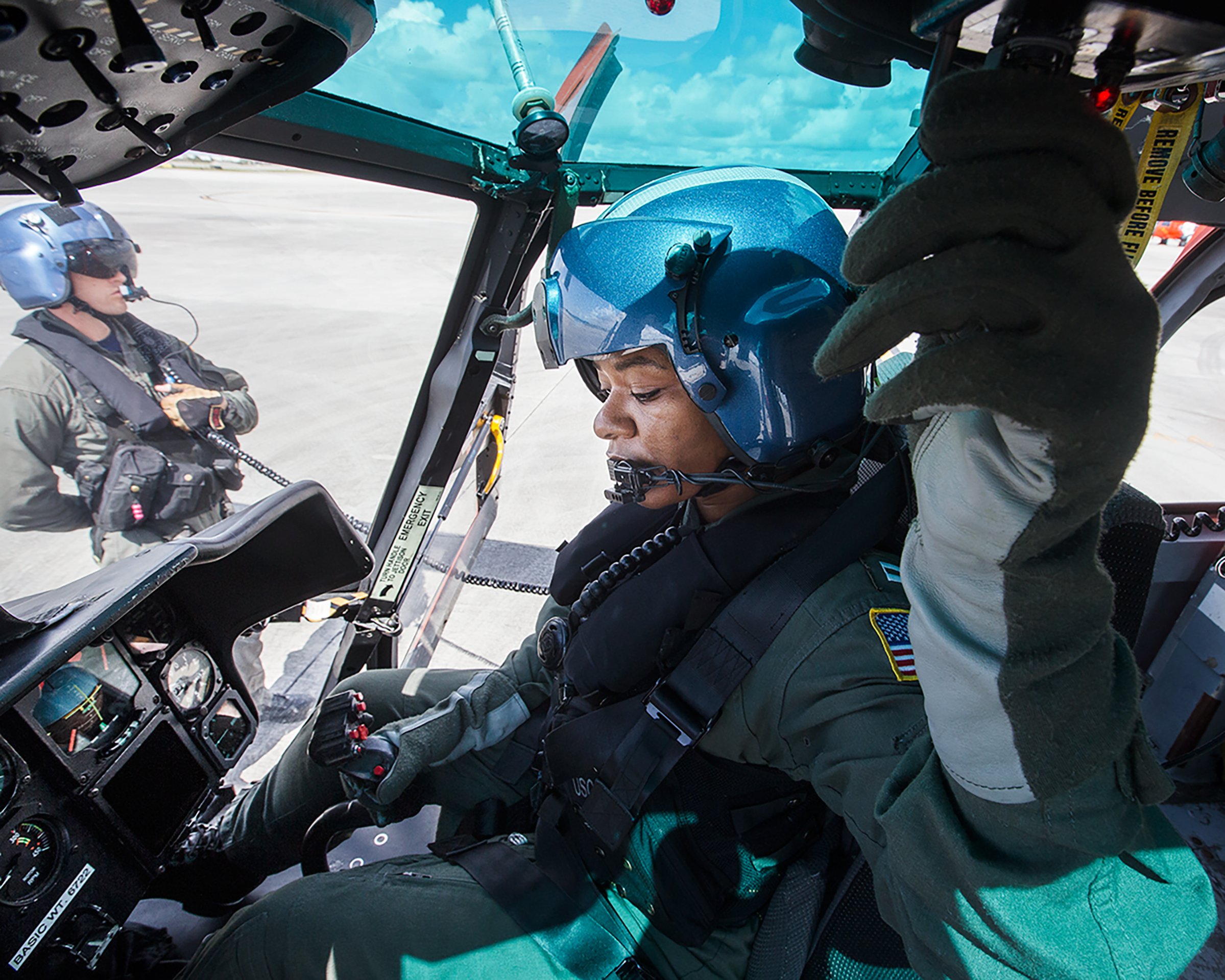
Although we just watched two enormous hurricanes rip through Texas and Florida, it is worth remembering that Mother Nature can easily surpass the biggest conventional weapons in our arsenal, unleashing destruction over vast areas. Fortunately, we have a force capable of responding to such disasters in the U.S. military. As I often said when I led disaster-relief efforts in Latin America and the Caribbean, “We are very good at launching missiles, but we can launch angels as well.”
In terms of Hurricane Harvey, many of the immediate responders by land were from the Texas National Guard and by sea from the Navy and Coast Guard, which rescued thousands by air and small boat. All told, more than 23,000 military personnel were involved.
While responses to Hurricane Irma are still under way, the Navy has already deployed a nuclear-powered aircraft carrier. Thousands of sailors and Marines have joined the Coast Guard as Florida National Guard and Army troops engage across the state and the Caribbean. Some estimates say this effort alone may surpass that to Hurricane Katrina.
Also in reserve are the massive hospital ship U.S.N.S. Comfort, high-speed catamaran vessels, Navy and Air Force military construction units, portable generators and communications systems, deployable command-and-control centers, all types of aircraft and plenty more military capabilities. Altogether, these relief efforts are a powerful reminder of what these forces can do with courage and dedication in the worst of situations.
While the response has been rapid and tightly knit, what can we learn?
First, providing resources to train for these missions is crucial. There is always pressure to use scarce funds for pure combat training, but every time there is a massive natural event, the expectation by the public is that the “angels” from the sea will arrive and execute flawlessly. That requires financial commitment.
Second, we need to practice drills constantly, not just for hurricanes but also earthquakes, pandemics, wildfires–the list goes on. Our military must be just as prepared to take action on these missions as it is to knock down a North Korean missile.
Third, we need the right mix of dual-use platforms that can be deployed both in combat and on relief and humanitarian missions. Drones can find and kill terrorists, but they can also sweep across vast stretches of flooded or devastated territory. Our hospital ships have to be ready to deal with mass casualties on the battlefield, but they can also swing into action after a hurricane. Logistics aircraft can deliver not only ammunition to Syria but water to Sarasota. Everything we buy should be scrutinized for its value in both scenarios.
Fourth, while our integration across agencies and the private sector has improved over the past decade, many in the military are still not spring-loaded to work effectively with counterparts. This is a matter of training, equipping and organizing.
Fifth, on the seagoing side, we should operate humanitarian action groups in training just as we train our ships in carrier strike groups. Such a group might consist of a large-deck amphibious ship, a hospital ship and a high-speed support vessel. There are analogs in the other services. Creative deployments in training and response would boost the military’s utility in disasters.
Having watched sailors perform in these heroic situations–from the Indian Ocean tsunami in 2004 and Hurricane Katrina in ’05 to the Haitian earthquake in ’10–it is clear that these are among the most important and fulfilling missions that military men and women undertake. The best uses of our armed forces will always mean battling foes of nature.
Stavridis is dean of the Fletcher School of Law and Diplomacy at Tufts University and a former Supreme Allied Commander at NATO
More Must-Reads from TIME
- Donald Trump Is TIME's 2024 Person of the Year
- Why We Chose Trump as Person of the Year
- Is Intermittent Fasting Good or Bad for You?
- The 100 Must-Read Books of 2024
- The 20 Best Christmas TV Episodes
- Column: If Optimism Feels Ridiculous Now, Try Hope
- The Future of Climate Action Is Trade Policy
- Merle Bombardieri Is Helping People Make the Baby Decision
Contact us at letters@time.com